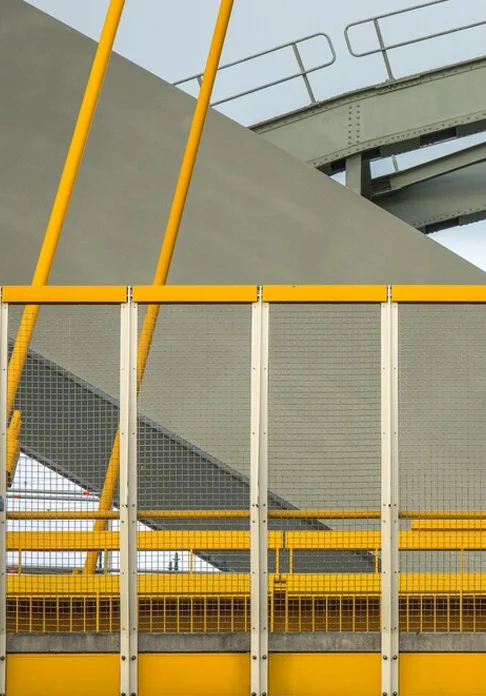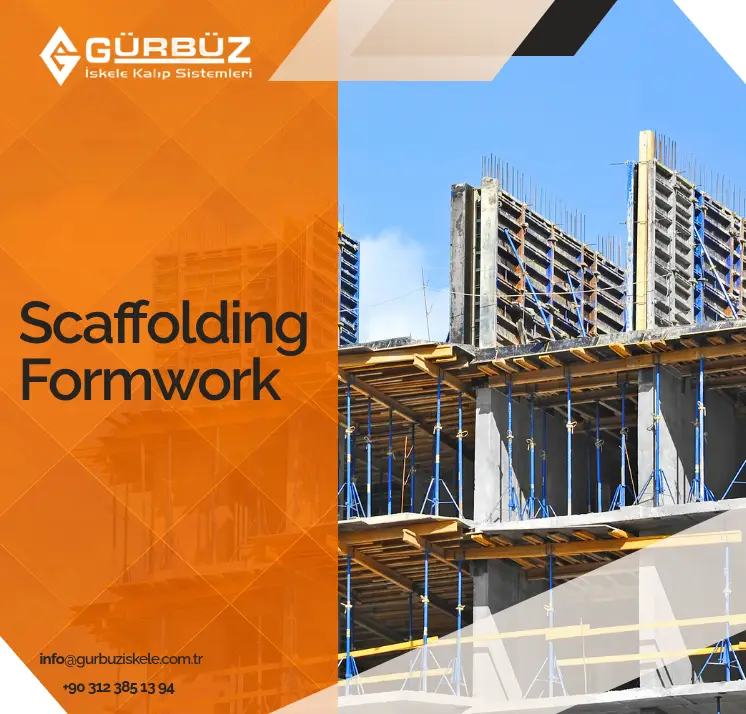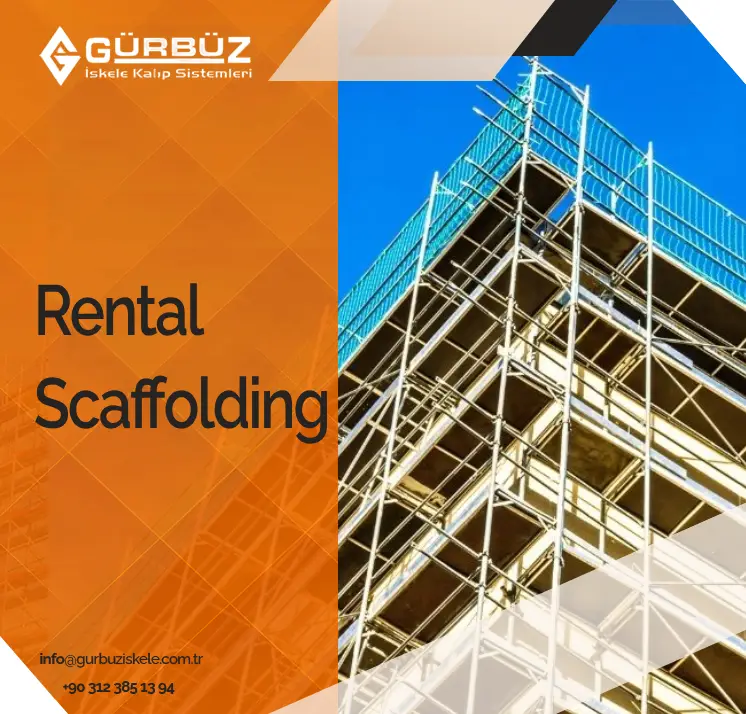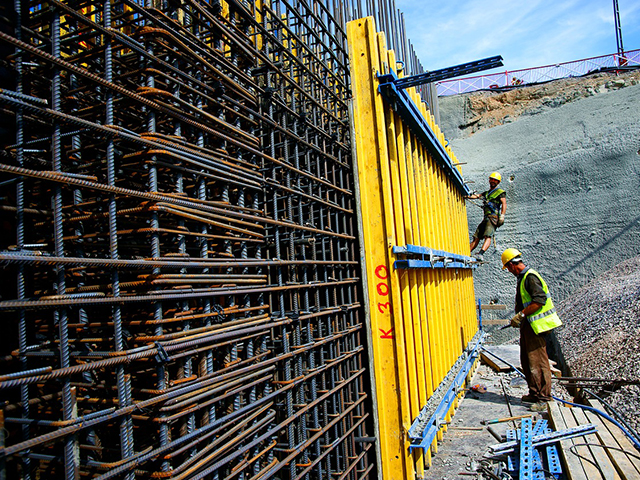Temporary edge protection systems are crucial for occupational health and safety in construction sites where there is a risk of falling from heights. These systems create barriers in working areas and protect workers and others nearby from potential accidents.
Temporary edge protection systems are designed for easy assembly and disassembly. This feature allows them to quickly adapt to construction site conditions. The system not only prevents falls but also enhances organization and efficiency in the work area, positively impacting the workflow.
What Are Temporary Edge Protection Systems?
Temporary edge protection systems are commonly used in the construction industry and help ensure safety in areas where work is carried out at heights. The primary feature of these systems is to prevent workers from falling by establishing open edges in construction sites.
These systems, which function as safety barriers, are quick and easy to install. They also offer solutions suitable for different ground conditions.
Temporary edge protection systems are made from durable materials such as steel, aluminum, or high-strength plastic. Some systems with easy installation features are coated with electrostatic powder paint, which makes them more resistant to environmental factors. As a result, the system can be used for long periods.
These protection systems aim not only to safeguard workers on construction sites but also to protect individuals around the site. The use of these systems in roadside and public areas, where pedestrian safety is also a concern, is of great importance. Designed to withstand horizontal and vertical loads, these systems provide a secure working environment.
Temporary edge protection systems stand out as fundamental components of occupational safety practices. These systems are preferred in building constructions and generally in all tall structures. As an effective protection solution, they must be fully implemented both as a legal and ethical responsibility.
Standards for Temporary Edge Protection Systems
Temporary edge protection systems are designed to meet certain standards. The reason for setting specific standards is to ensure the effectiveness of the protection systems. In Europe and Turkey, the main reference for these systems is the ts en 13374 standard. This standard defines detailed technical requirements regarding durability levels and application conditions.
Certain factors are considered when classifying the TS EN 13374 system. These factors include wind, height, and slope. With this classification, it is possible to select the appropriate protection system for each project. Compliance with these standards is not only about ensuring safety but also provides a significant advantage during legal inspections.
Edge protection systems are tested and certified in accordance with these standards. These protection systems are subjected to static and load tests, allowing their durability and performance to be evaluated.
The required standards for the system are not only related to its strength but also aim to ensure ease of use.
For these systems, which function as edge protection barriers, to be effective, they must be manufactured in accordance with the standards and selected appropriately for the project.

Classes of Temporary Edge Protection Systems
Edge protection systems are used in construction areas and are categorized into different classes based on the area of application. This classification is made according to the TS EN 13374 standard.
There are three classes in the system: Class A, B, and C. The classification depends on the load amount, slope angle, and area of use.
Class A systems are preferred in flat and horizontal areas where the risk of falling is low. Class B systems are suitable for riskier areas, such as sloped roofs. Class C systems are used in highly inclined surfaces or areas with a very high risk of falling. Class C systems are the most robust.
Edge protection systems are specifically designed according to this classification, and they are expected to be extra durable in tall structures. Regardless of the class, the essential point is that these systems must provide safe working environments.
Edge protection systems are produced modularly to suit construction site conditions, and this feature allows them to adapt to any project. Whether in fixed structures or mobile modules, all these systems offer advantages in terms of occupational safety and ease of use.
For more detailed information about temporary edge protection systems, you can contact Gürbüz İskele.






